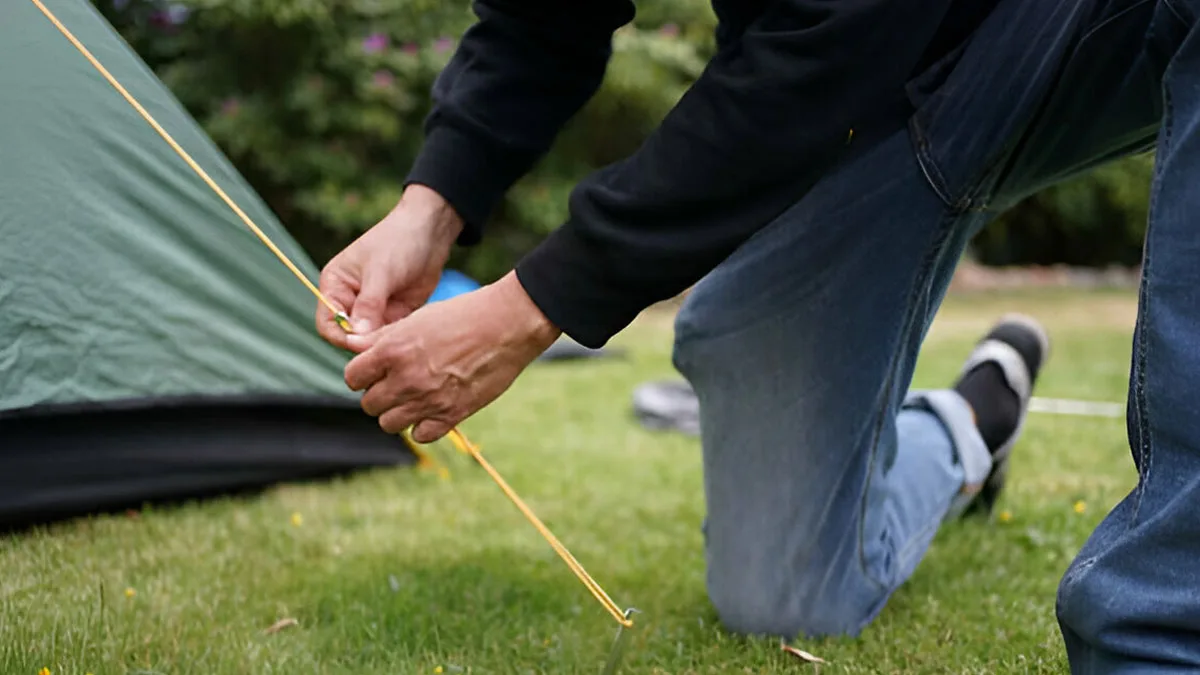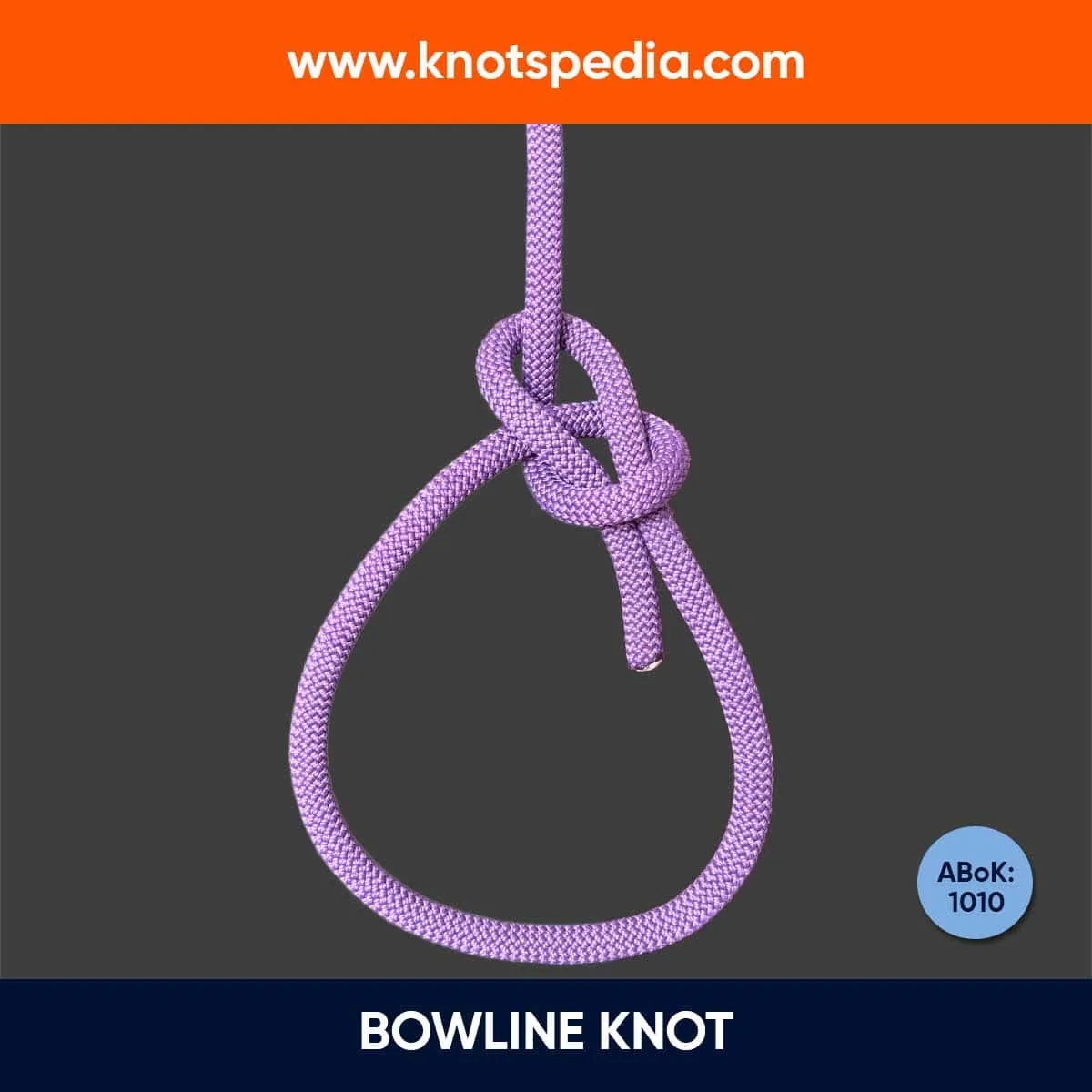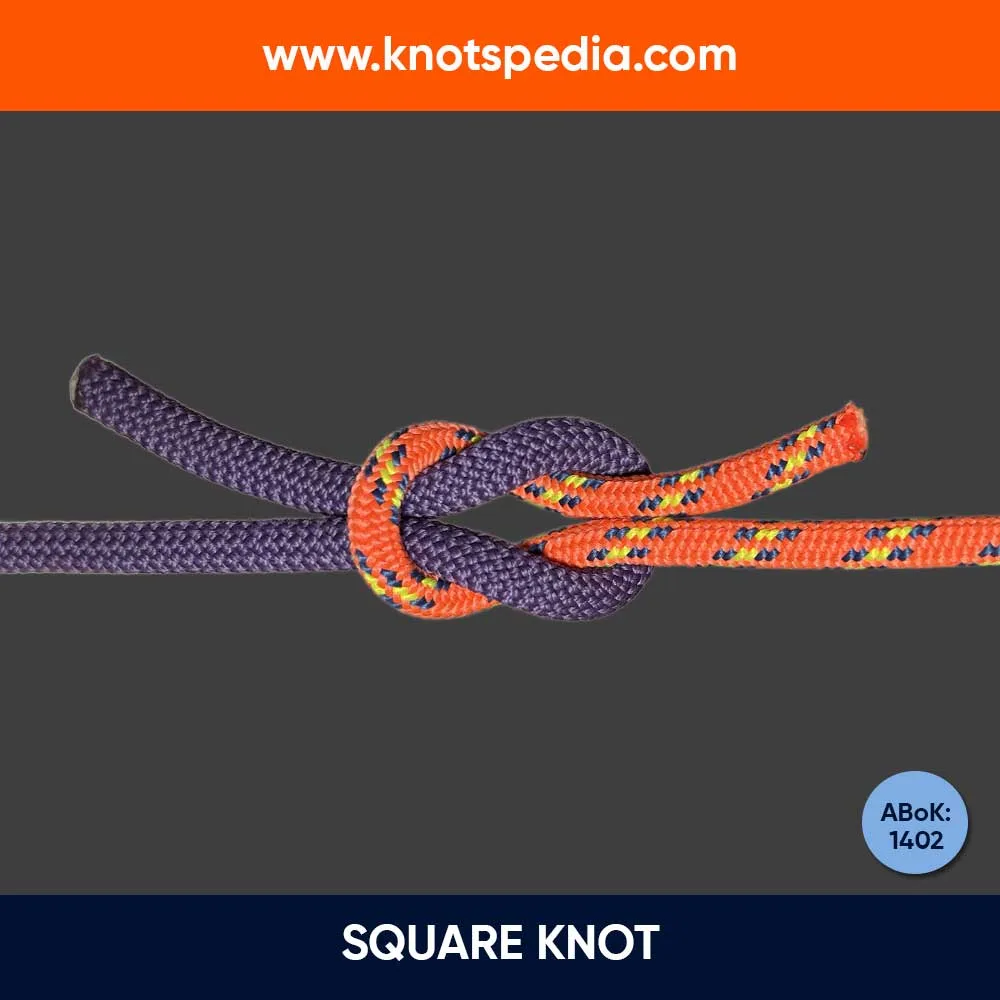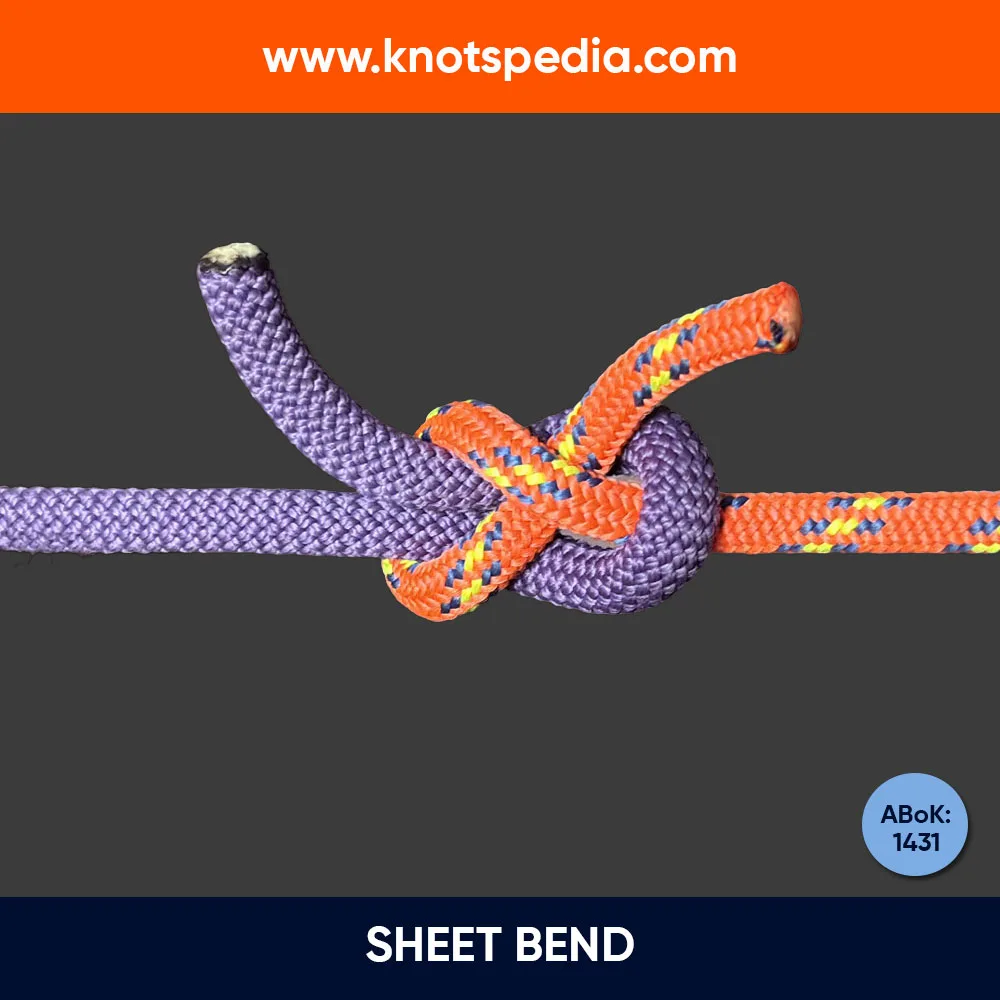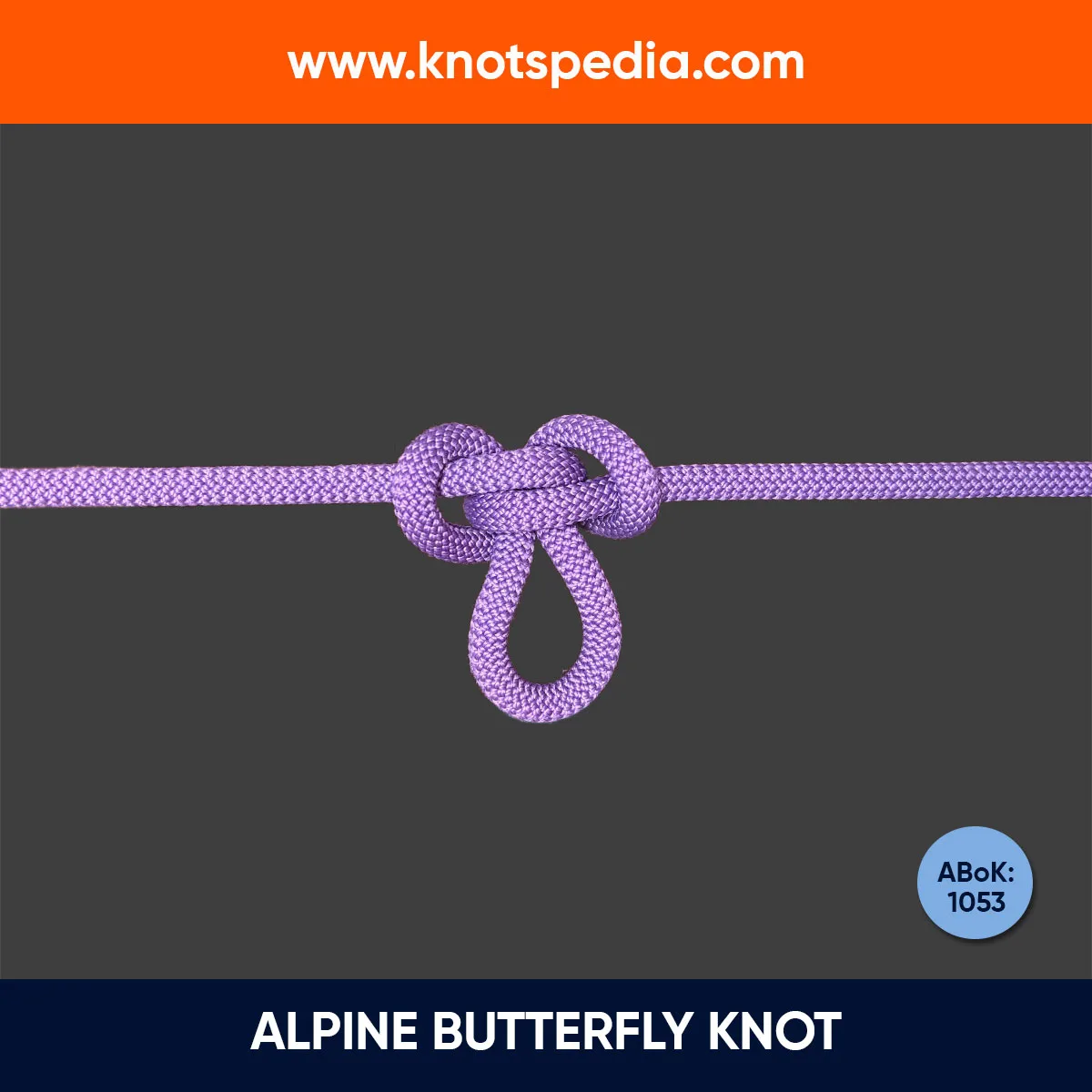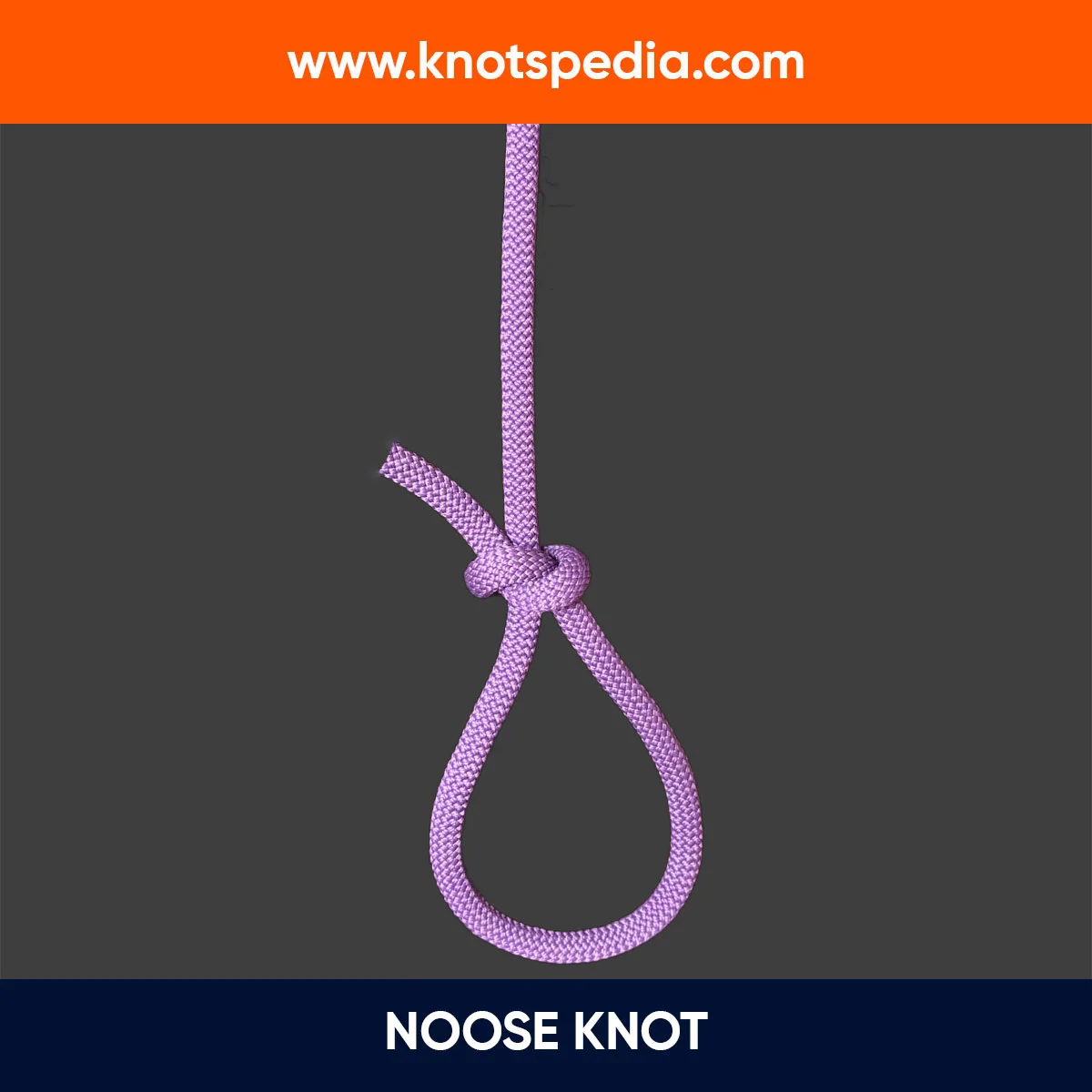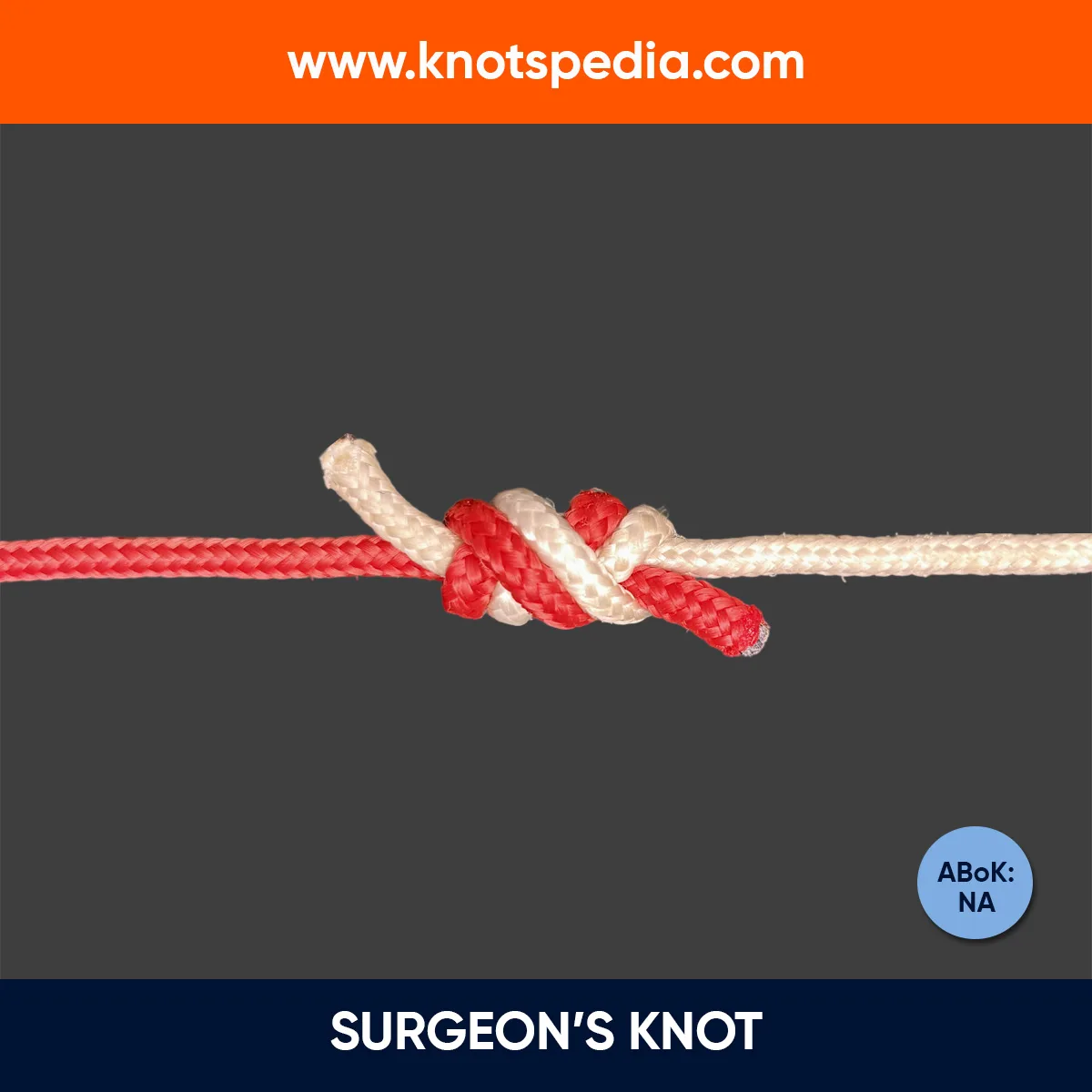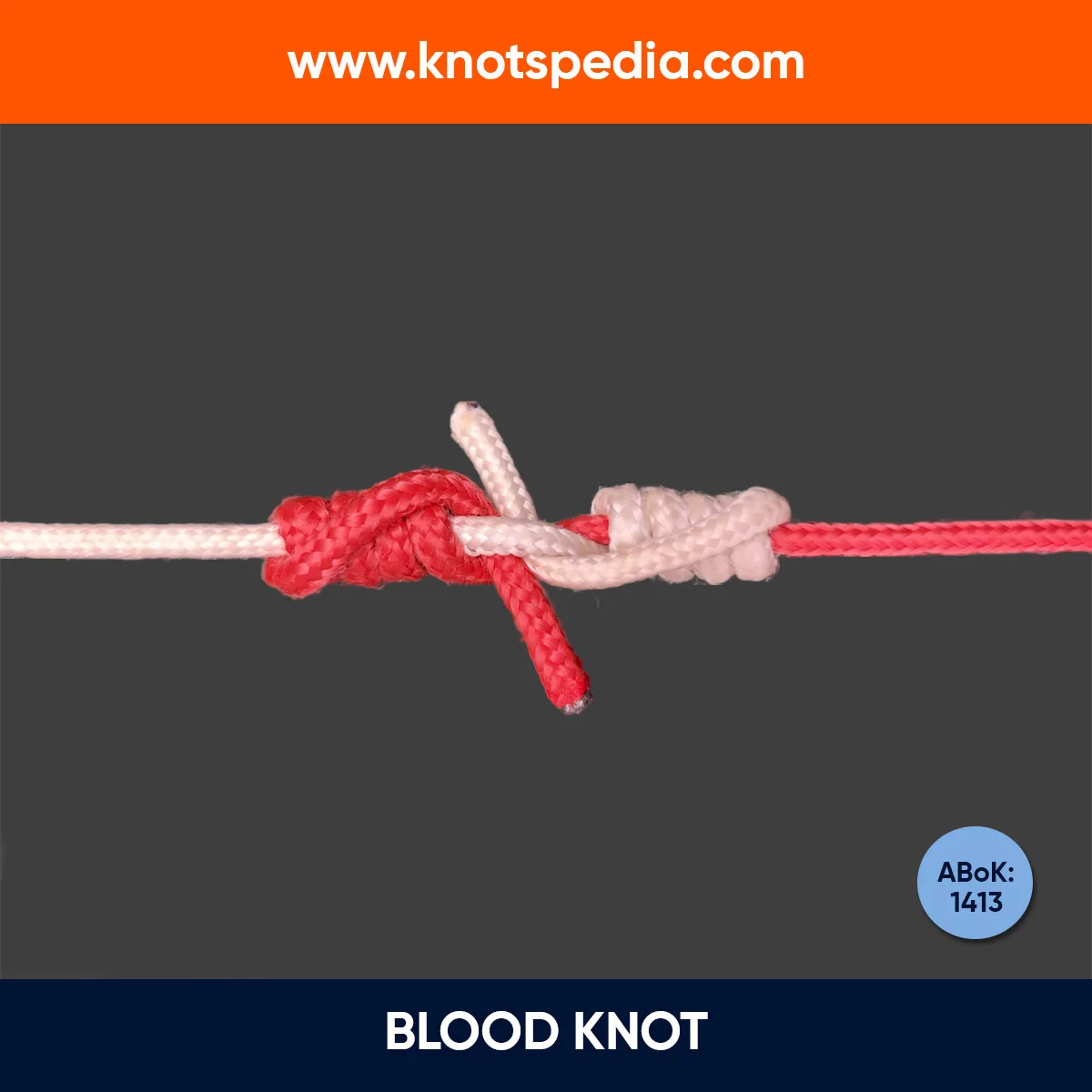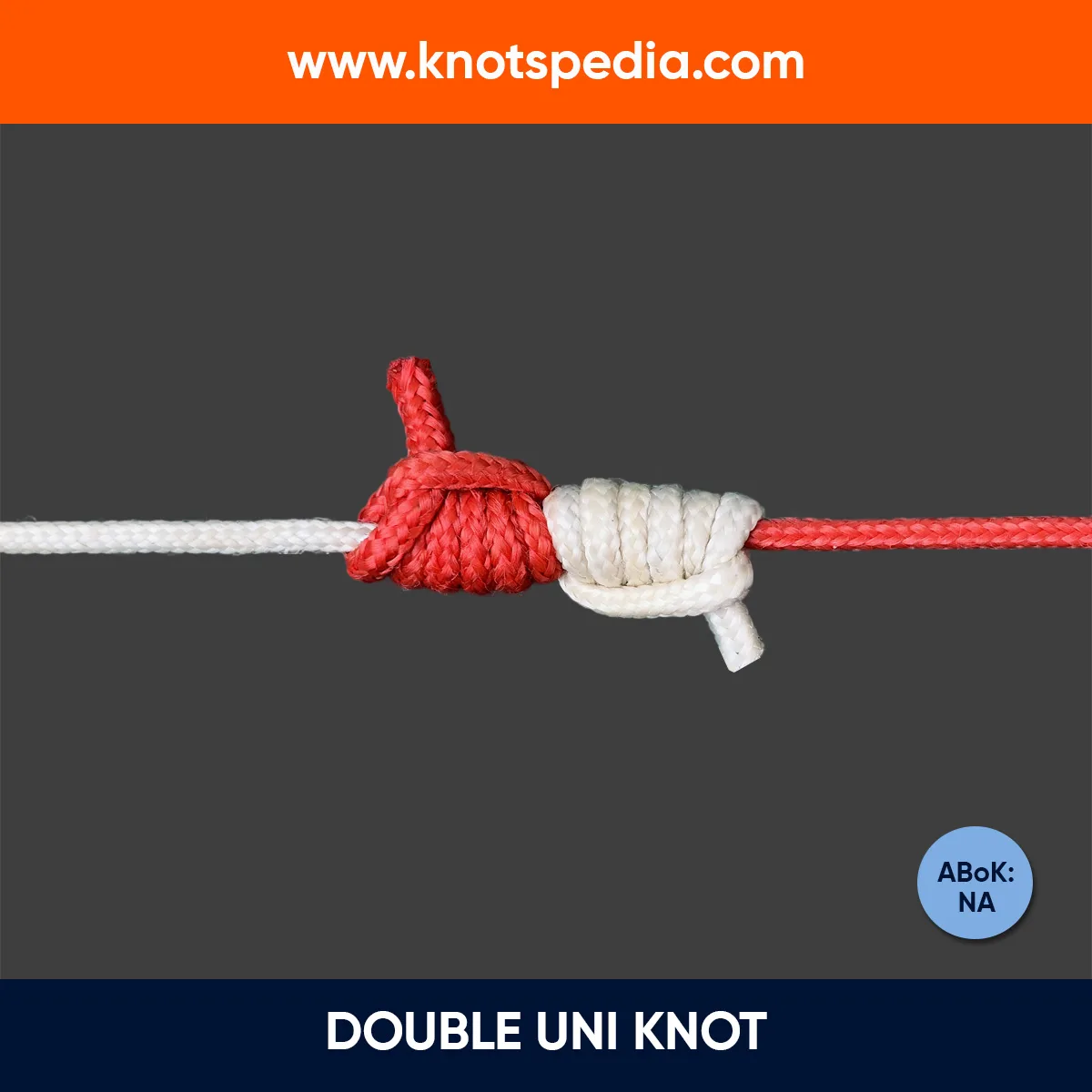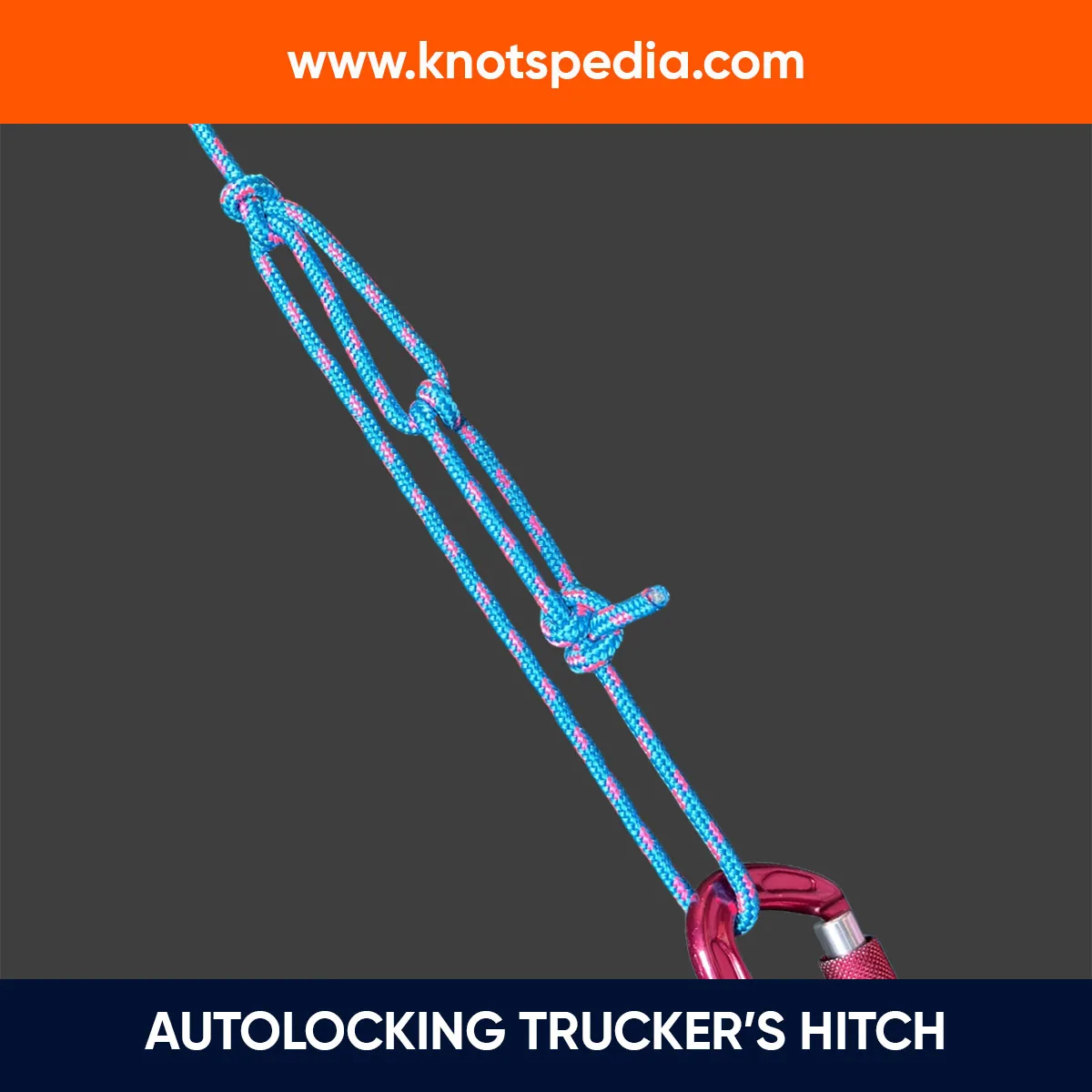The Figure 8 follow through is one of the most important knots in the climbing arsenal.
It’s a go-to knot for many reasons—it’s strong, hard to mess up and easy to inspect.
But when it’s time to untie it, it’s not a total nightmare—most of the time.
Today we’ll see how to tie this knot so it’s easy to untie later.
What’s Special in Figure 8 Follow Through Knot?
The Figure 8 follow through is popular in climbing because it’s not just strong—it’s strong under pressure.
Research shows that the residual knot strength of this knot is around 80%. That’s impressive given the stress we put on it.
But that’s not all—it’s also super easy to learn.
But here’s where things get interesting: the way we tie and dress this knot isn’t just about making it strong.
Of course, strength is important but the real thing is preventing the knot from deforming and seizing up under load.
That’s right—the way you tie it can make all the difference when you untie it later.
Let’s see how you can tie this knot.
How to Tie Figure 8 Follow Through Knot
Start by threading the working end as shown in the left image.
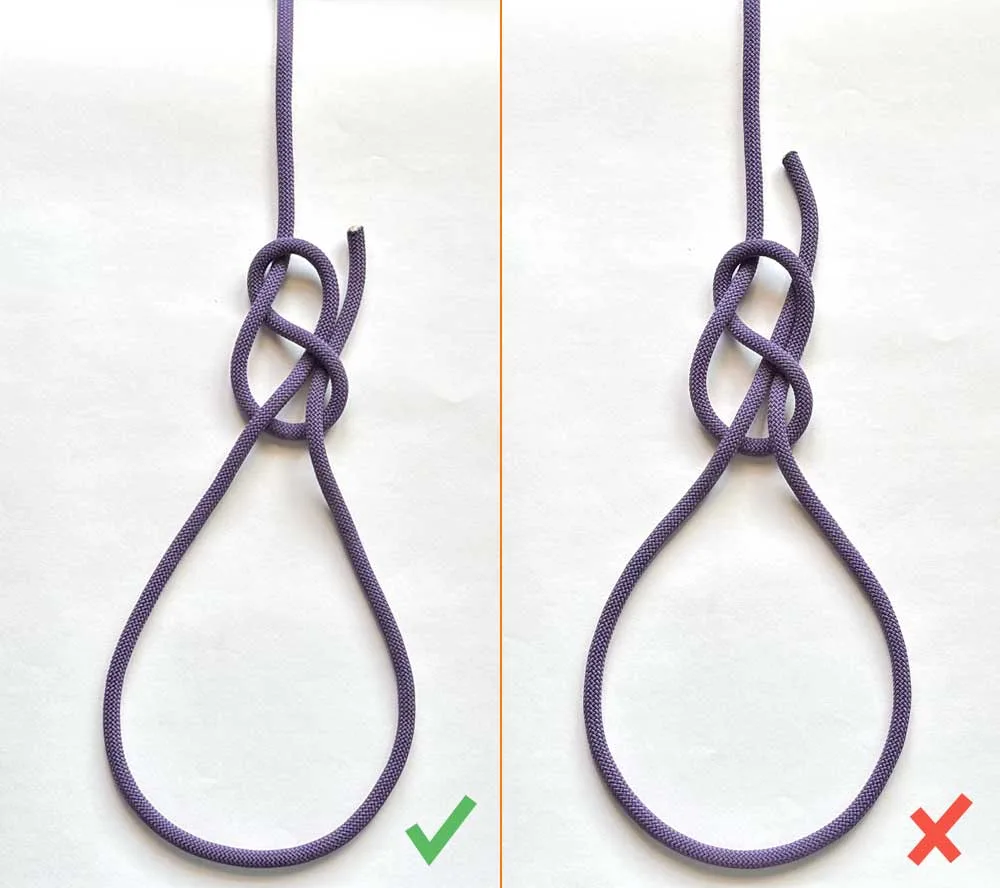
It’s obvious and tempting to thread the tag end as shown in the right, but it may lead to the crossed strands in the final knot.
Pass the tag end BELOW the top of the knot and not ABOVE. If you go above the top, you will end up with the crossed strands. Trust me, you don’t want that.
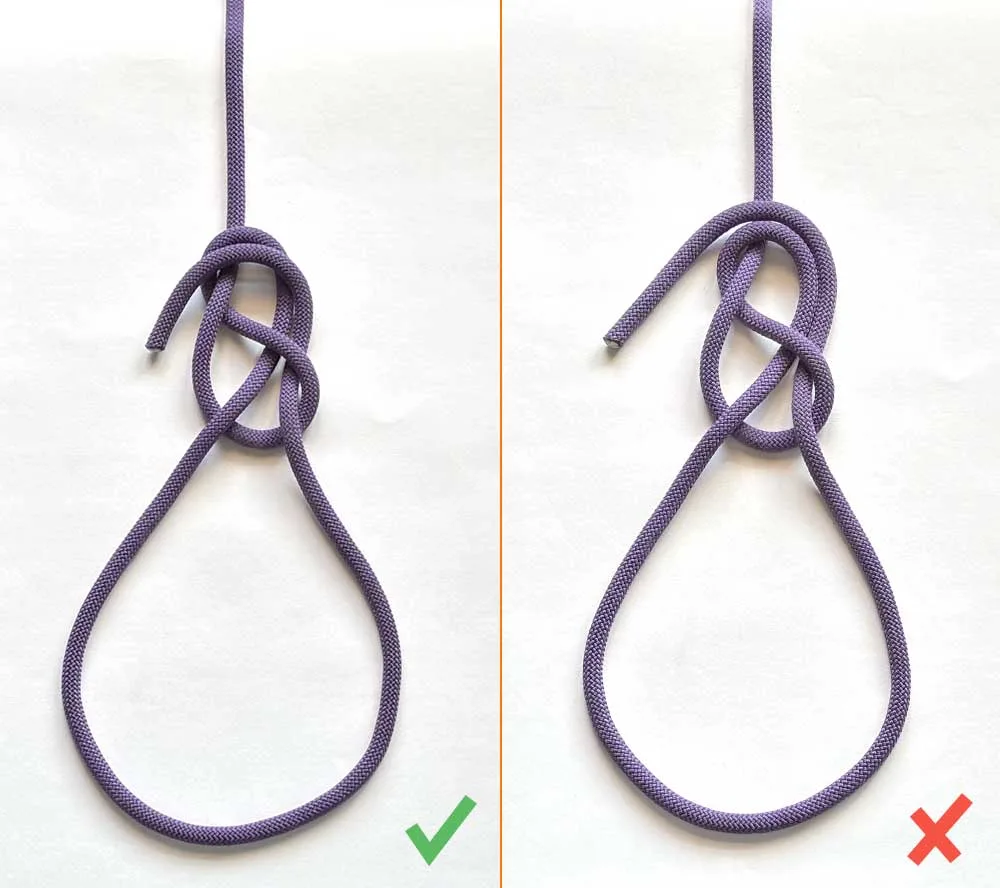
If done correctly, you would end up with a perfect Figure 8 follow through knot–-the strands are parallel and there’s no twist and crossing in the knot.
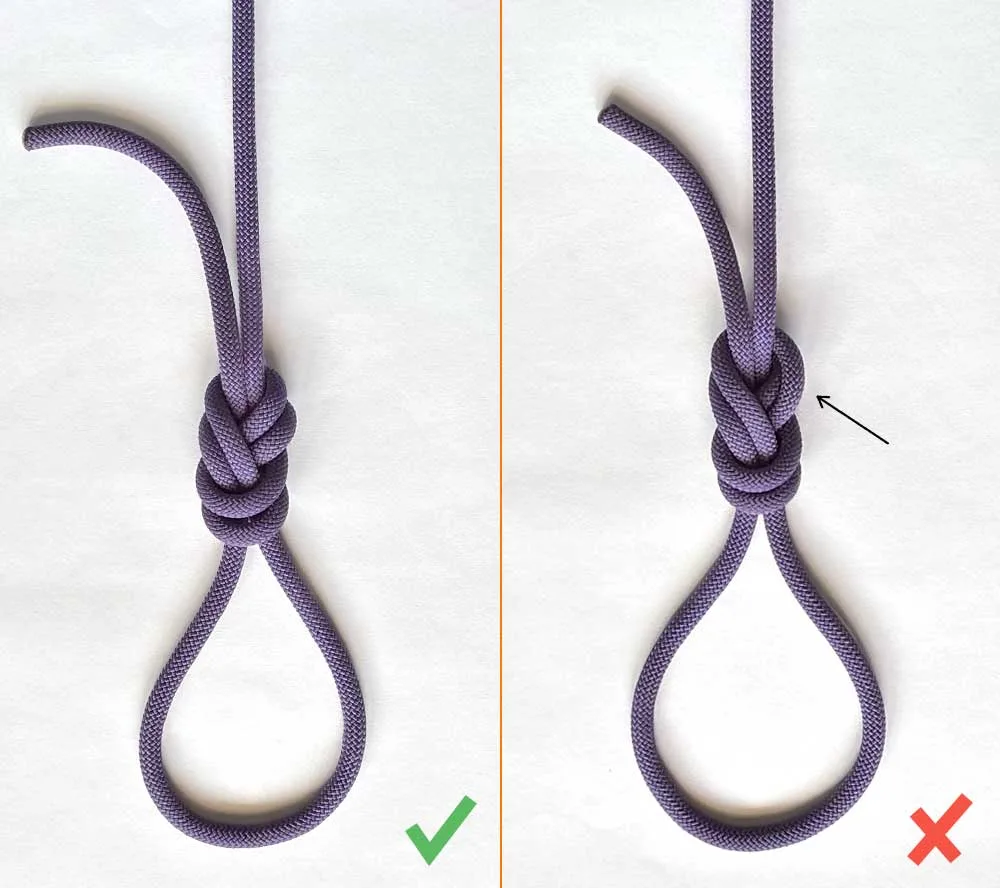
On the right is what I would call an imperfect Figure 8 follow through knot.
It does not mean the knot is weaker or should be avoided at all costs, but it makes all the difference when you untie the knot later.
It’s much difficult to untie if the strands are crossing and twisting each other.
Another aspect of the Figure 8 follow through is the tail length.
Ideally, the tail length should be about 6 inches. Too short? Not safe. Too Long? sloppy.
Should You Tie a Backup Knot?
This is an old age debate still lurking around the climbing community.
The thing is: Figure 8 follow through is a secure knot in itself, so it does not require a backup knot per se unless your local gym demands a backup knot.
Ifyou have got a a short tail length, redo the knot again and don’t rely on backup knot for safety.
If you have an extra tail, adding a backup knot will do no harm at all.
Related Article: Backup knot: Do you really need it?
The Untying Struggle: How to Make It Easier
We’ve all been there: after a few hard falls your Figure 8 follow through knot feels like it’s welded shut.
It’s annoying but here’s the good news—we can do something about it!
When you tie your Figure 8 make sure the loaded strand (the part that’s bearing your weight) makes its first loop close to the center of the knot.
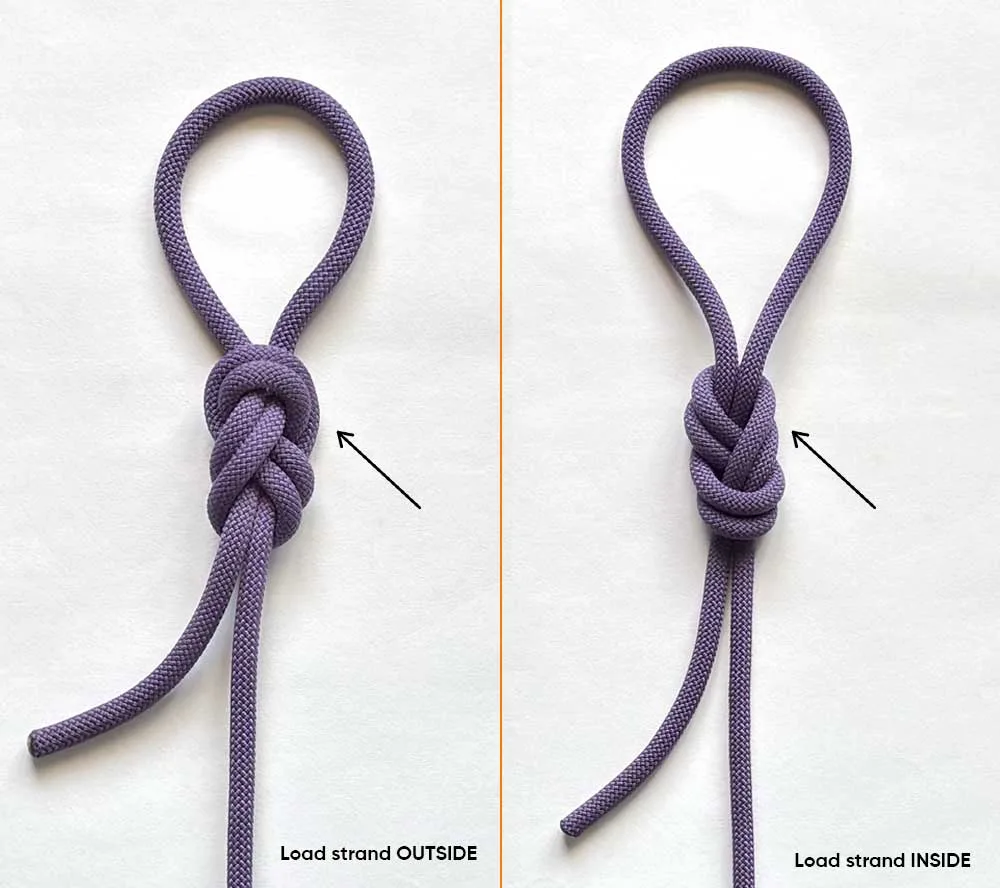
This small adjustment helps prevent the knot from deforming and getting tight.
So, here’s the trick:
- If the load strand is on the OUTER part of the knot, it cinches the entire knot when fully loaded. It makes it hard to untie the knot later.
- If the load strand is on the INNER side, it will result in a slightly looser strand while untying the knot.
What the Experiment Says?
So, does this actually work?
A recent experiment was performed to see if a properly tied Figure 8 follow through is easier to untie after a fall.
Here’s what they found:
- Properly tightening the knot makes it easier to untie after a fall.
- Loose Knots showed funky tension patterns after falls but were still relatively easy to untie in some tests.
- After multiple falls, the knots got harder to untie, but there was no statistical difference between the good and bad knots most of the time. Thicker ropes make loose knots harder to untie after a fall.
- Knots with overlapping strands were nearly impossible to untie, so make sure that the Figure 8 follow through has no overlaps.
The takeaway? Always keep your strands neat and clean and you’ll avoid most of these headaches.
Conclusion
By paying attention to how you tie it—keeping the loaded strand near the center, dressing the knot properly, and tightening it well—you can save yourself a lot of hassle later.
Remember both variations are perfectly safe and can be used without a doubt.
The thing is— if you tie it the better way, your fingers will thank you after a long day of crushing routes!
And hey, if you like this article, Share it with your climbing partner!
Who knows? They might be tying the Figure 8 follow through wrong all life!

